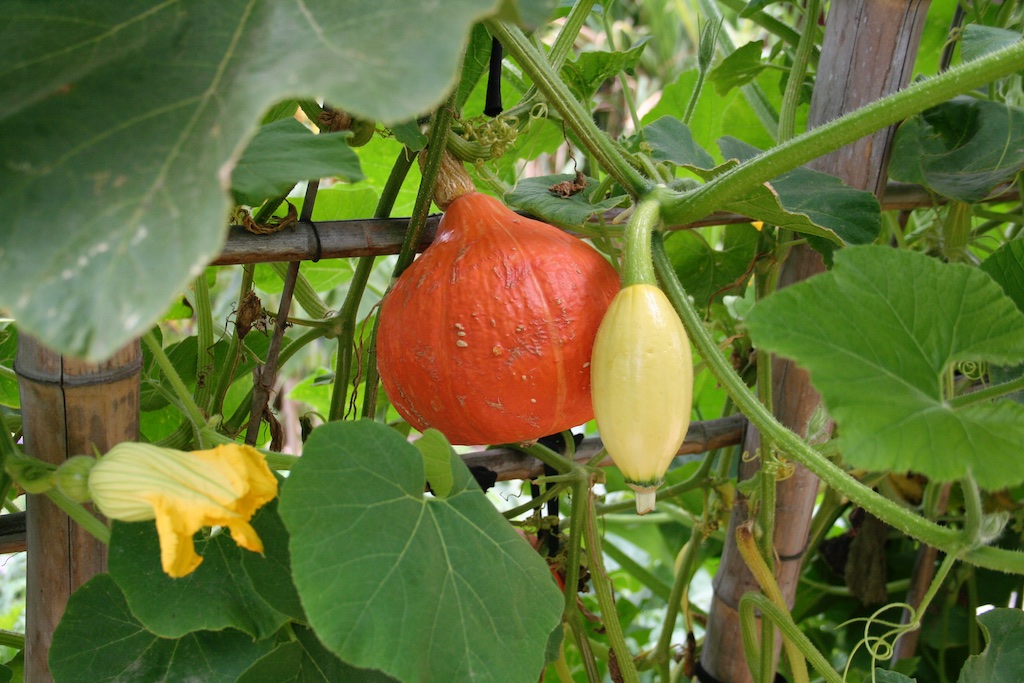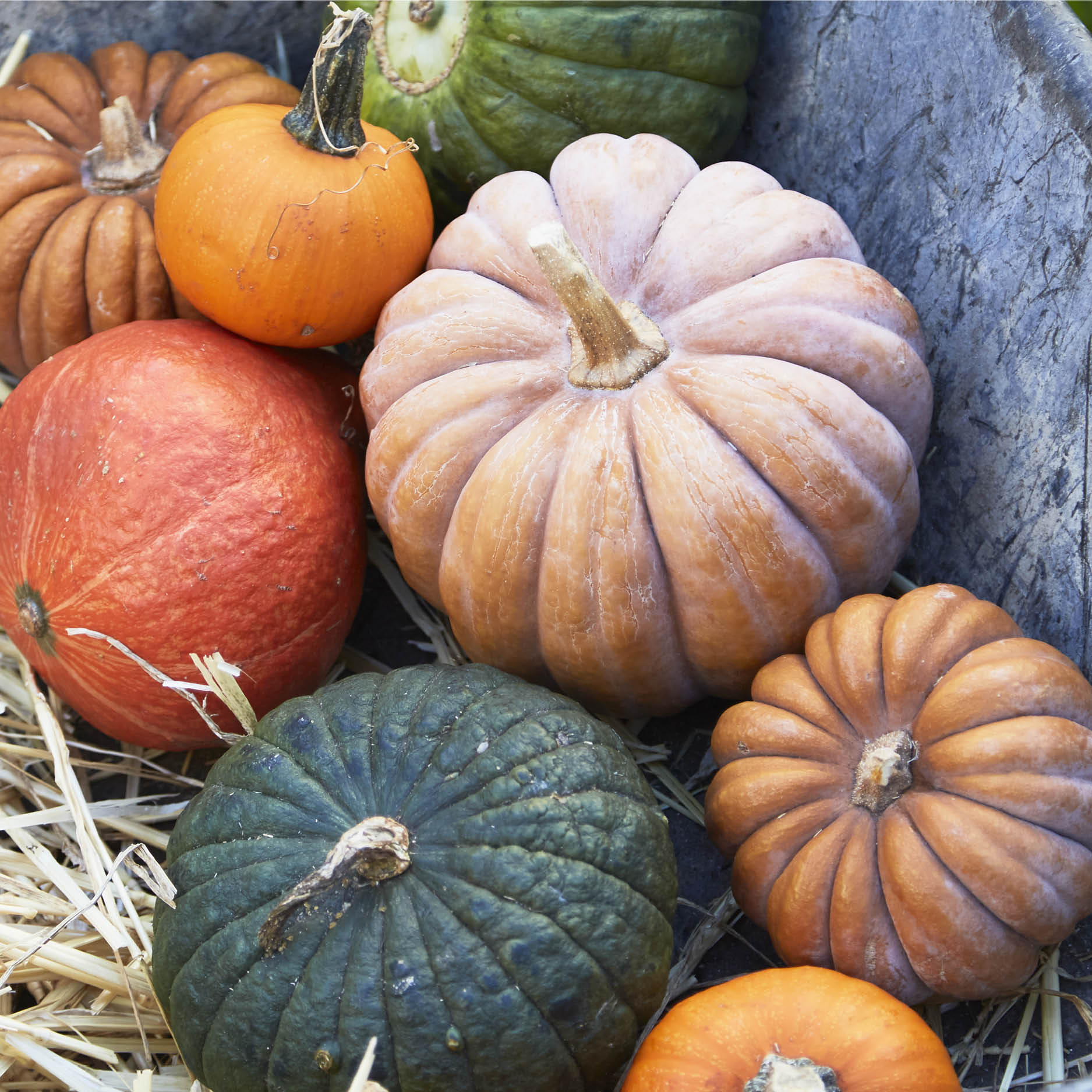Pollinating pumpkins
2017-01-25T05:00:34+11:00
Help your pumpkins along with these easy pollination tips.
Pumpkins and other cucurbits can sometimes be tricky things to grow. But when conditions are perfect and the plants are happy, their productivity can overwhelm. My neighbours are not yet sick of my zucchini donations, but I’m sure the time will come when they’ll hide behind the door rather than say yes to another one. With pumpkins, zucchini, marrows and cucumbers, hundreds of kilos can be harvested from a relatively small area over the course of a season, but for that to happen, everything needs to be right. And one of those is pollination. So, what’s the best way to go about pollinating pumpkins?
Bees please
These vegetables need bees to pollinate their flowers before the fruit will set and start to grow. These plants all have male and female flowers, and the bees need to fly into the male flowers, collect the pollen while feeding on nectar and then carry the pollen to the female flower. If this doesn’t happen then the little pumpkin (or zucchini or cucumber or marrow) that has started forming at the base of the female flower will yellow and fall off.
Also in very hot weather you may only get male flowers. This will mean that no fruit form during this time. There’s not much you can do about prolonged hot weather, but if your pumpkins are not forming because of a lack of bees then there is an easy solution.
How to pollinate by hand
Take things into your own hands (literally) and do the pollinating. But how do you tell the male and female flowers apart? The male flower has a long stem, while the female flower has a small fruit forming at the base (see picture above). Pick a male flower. Break off the petals so that the central stamens are exposed, these are covered in pollen. Poke this into the female flower so that the stamen touches the central stigma and the pollen is transferred. One male flower can be used to pollinate several female flowers. If you don’t want to break off a male flower, then use a paintbrush to collect pollen from the stamens in the male flower, and transfer this pollen by touching the brush onto the stigma in the female flower. Easy. Pollinating pumpkins is best done in the early morning as the female flowers close up in the afternoon.
While it’s hot and dry, your cucurbits will remain healthy – as long as they get regular water, preferably in the morning. Try not to hose the leaves. Later in the season you may see the beginnings of powdery mildew forming on the leaves. This is part of natural senescence and will eventually kill the plant but you can slow it down by removing the worst affected leaves (throw them in the bin) and spraying milk onto the remaining leaves. Mix it with water at the rate of 1 part milk to 9 parts water, and spray once a week in the morning.







